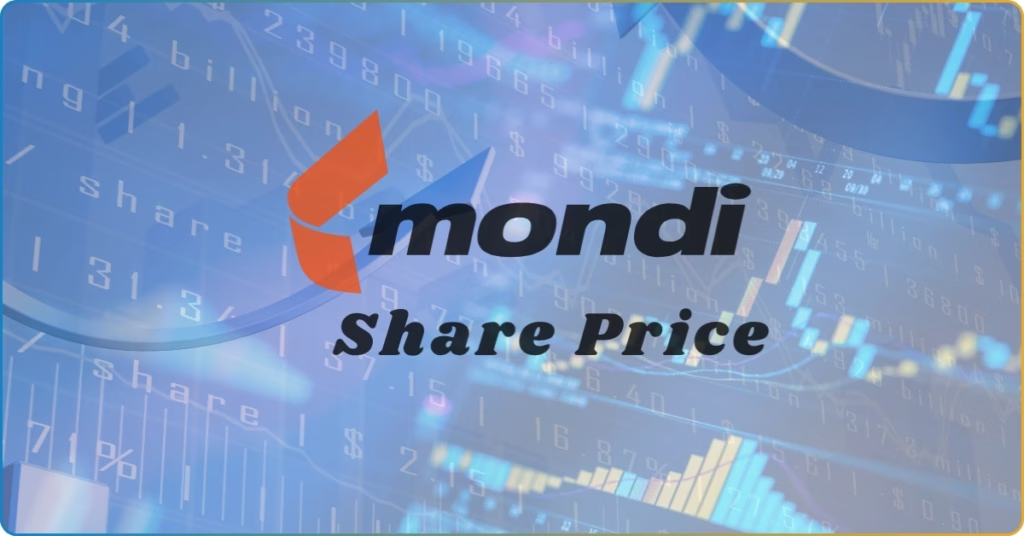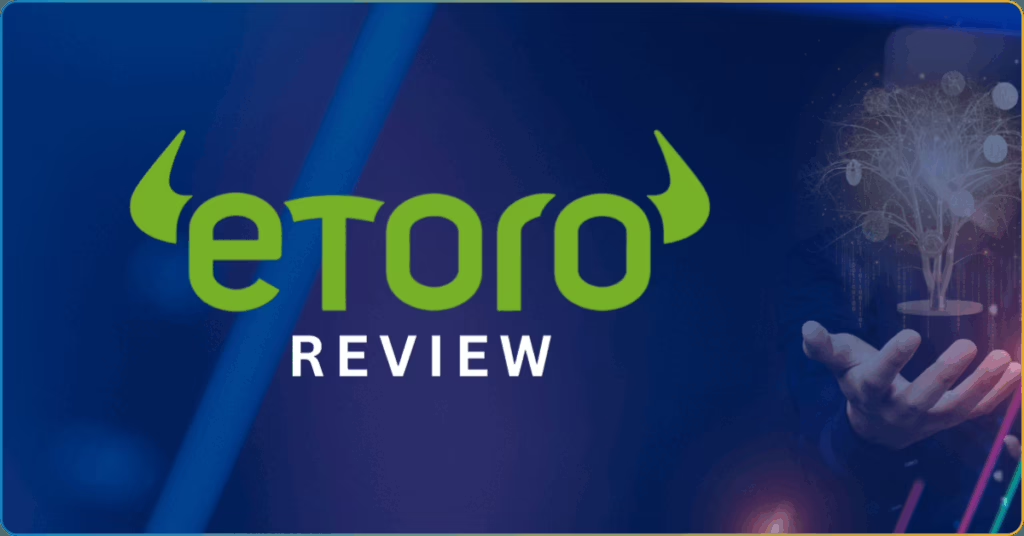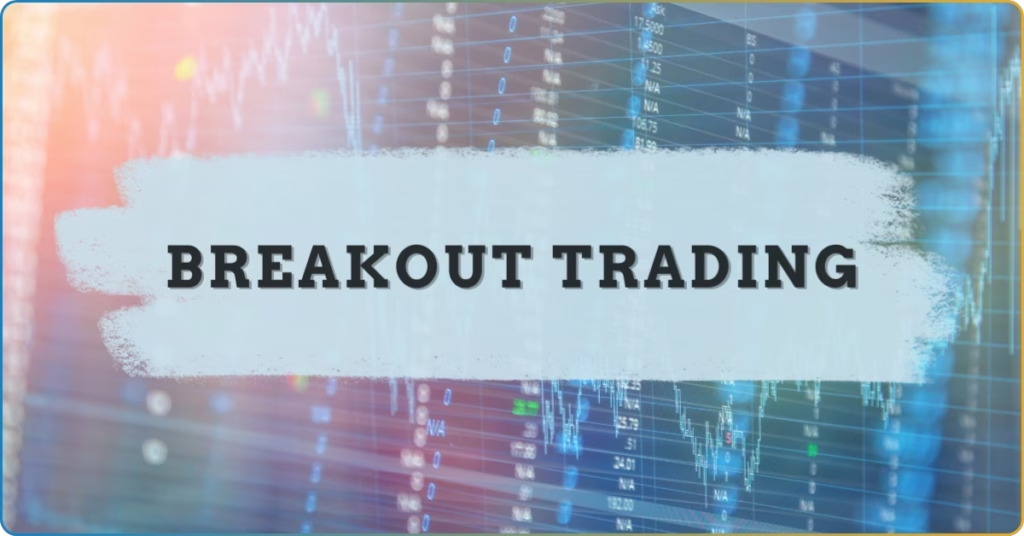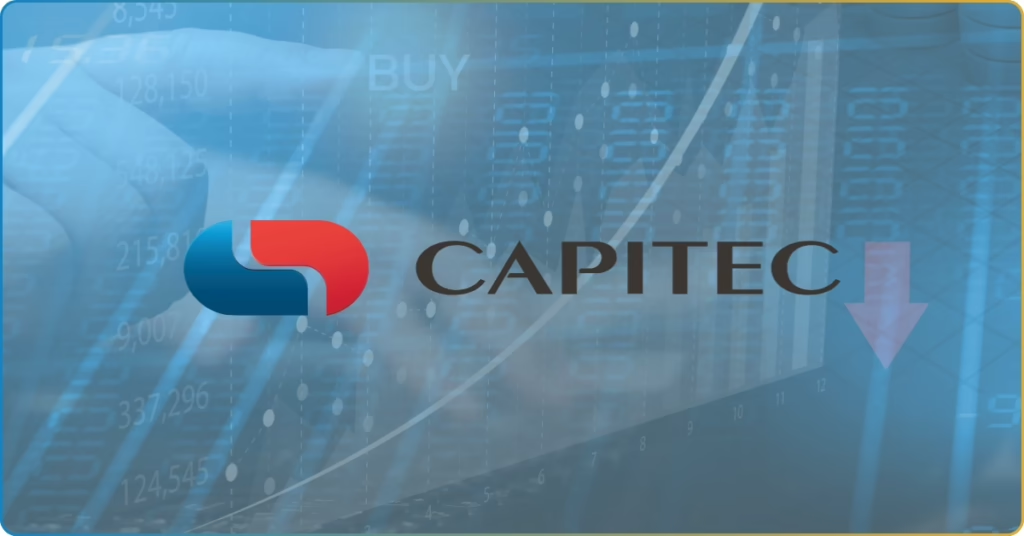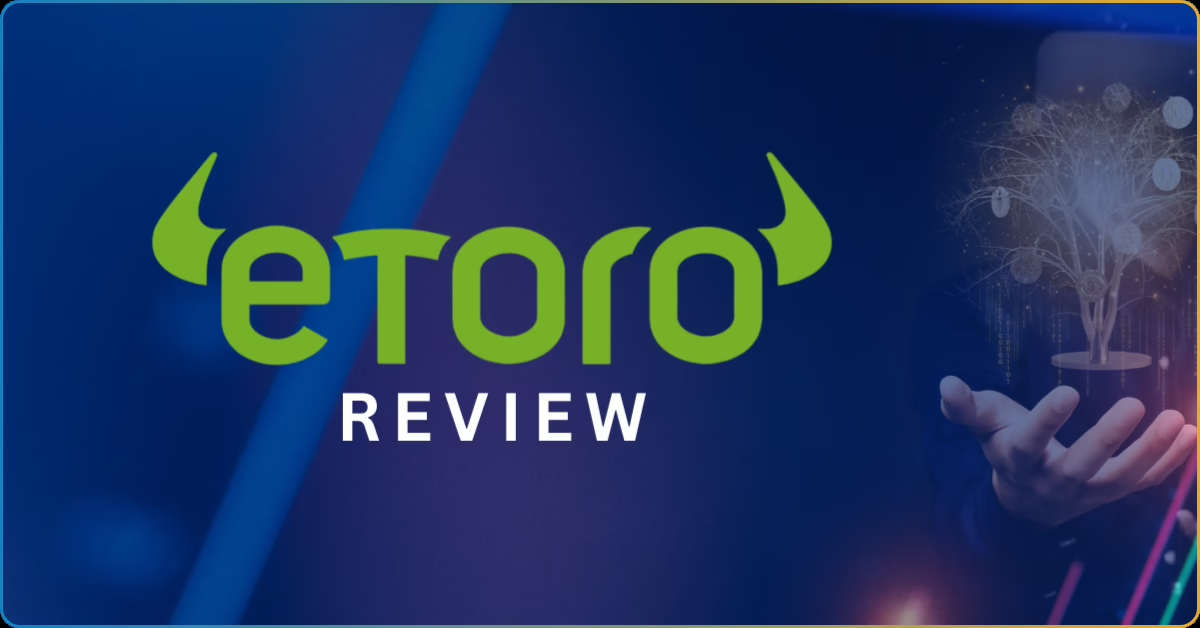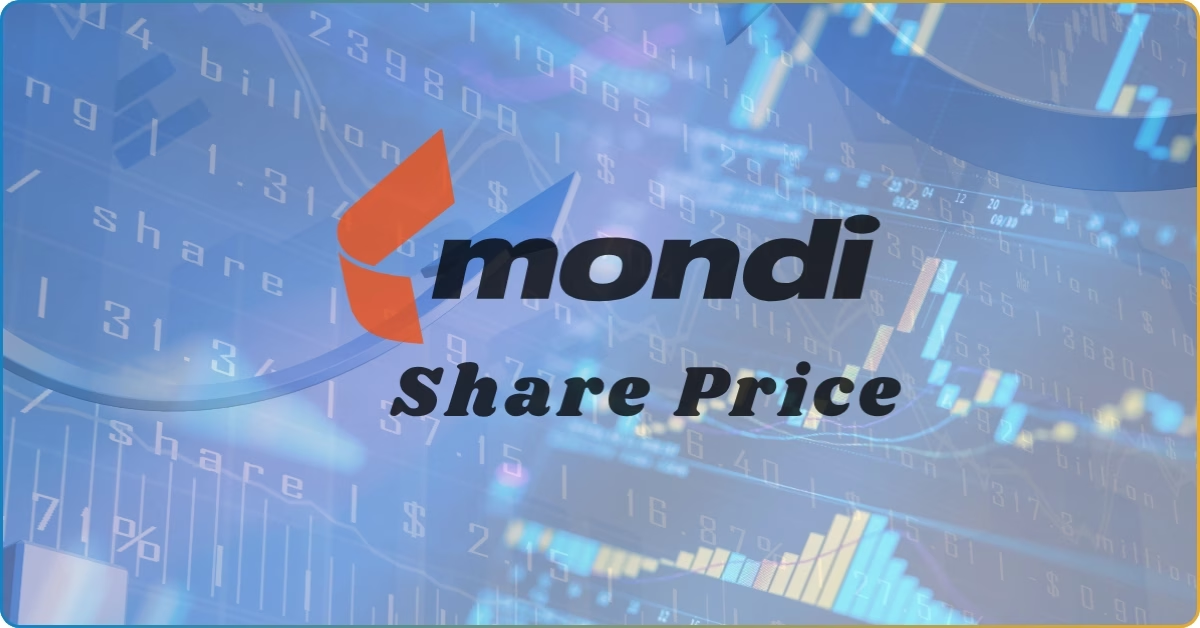There’s no denying the continued domination of Bitcoin. However, a wave of altcoins (alternative cryptocurrencies) is quietly reshaping the trading landscape.
Altcoins now make up over 60% of the total crypto market cap, with top contenders like Solana, Dogecoin, XRP, USDC, and Binance Coin showing explosive growth and real-world utility.
In 2025, traders are no longer just holding altcoins—they’re actively strategizing around them, using volatility, tokenomics, and project fundamentals to maximize gains.
In this TRU Insight, we’ll break down exactly what altcoins are and how they differ from Bitcoin and reveal the 3 best altcoins to trade in 2025—based on market performance, use case, and community traction.
Altcoin Explained
As its name suggests, altcoins are alternative cryptocurrencies. These digital, mostly decentralized assets aim to provide a new and wider range of crypto solutions to investors and users.
Such alterations or improvements are typically made to improve the transaction speed, validation efficiency, security, automation, services, or features of Bitcoin.
Originally, altcoins were defined as any crypto that’s not Bitcoin – the largest and most mainstream cryptocurrency to this date. However, most investors excluded Ethereum in the altcoins classification due to its increasing use case and appeal to the cryptocurrency market.
Different Types of Altcoins and Examples
CoinMarketCap revealed that there are over 17,000 altcoins in use today—ultimately taking up more than 60% of overall crypto market capitalization.
Now, these alternative cryptos have different use cases and development purposes. Some act to be pegged to fiat currencies, most serve as native tokens of their respective platforms, and some are there to critic or humor large cryptocurrencies like Bitcoin.
Let’s dive into the different types of altcoins, their examples, and purposes.
Stablecoins
Stablecoins are cryptocurrencies developed to maintain and mirror the value of other financial assets. It stays true to its name, providing assets whose value remains stable to which it’s pegged.
The most common stablecoins are crypto-to-fiat stablecoins like USDC (circle) and USDT (tether). These assets are pegged to a fiat currency, specifically the US dollar, to replicate its price fluctuations.
While stablecoins can be used for trading, their primary use case is to facilitate a cheaper, faster, and decentralized transfer of money or remittance.
Utility Tokens
Utility tokens are primarily used to grant users access to a particular service, product, or feature of its blockchain network. It’s like a token you use in arcades to play a game or a platform currency used to purchase an asset within its ecosystem.
A notable example of this is Binance Coin (BNB). This cryptocurrency is now one of the largest in the market. However, did you know it’s initially used to access Binance services and features like withdrawal or trade execution? Over time, BNB has grown significantly in value and utility. This has become an entry point for investors to speculate its value and trade for profits.
Governance Tokens
Governance tokens are critical in the crypto scene because the market lacks control from a central authority. A governance token acts as an on-chain voting or vetting power to ensure community-led decision-making.
A user holding a governance token has a voice to vote on the future development of a particular protocol or the overall blockchain network.
The pioneer of this token type was Andre Cronje’s Yearn.finance (YFI). This innovation pushes developers to create crypto projects that are community oriented. In other words, the founder or developer (or both) should not keep any of the token and the network’s associated powers.
Instead, the community should have their respective voting power that defines the future of their crypto assets.
Privacy Coins
The common misconception about cryptocurrency is its privacy due to its hashing procedure. However, the process only masks the transaction information, leaving the user’s information accessible to anyone in the network.
Privacy coins could be your go-to to mask your identity and transaction details. These cryptocurrencies have privacy features to prevent unauthorized transactions, identity theft, and tracking.
Zcash (ZEC) is a popular privacy coin that uses zero-knowledge proofs to shield the information included in the transaction. What appeals to ZEC users the most is its capacity to enable and disable its privacy features.
Meme Coins
Meme coins rank second as the most popular altcoin out there. These altcoins boast sufficient support from influencers, the community, and social media netizens.
As its name suggests, these altcoins are developed as a meme – an internet culture that combines humor and satire. These meme coins typically criticize and improve the system of established cryptocurrencies.
Dogecoin is undeniably the largest meme coin in 2025. It has a solid community, online support, and big endorsements from billionaires like Elon Musk. Not only that, but this meme coin also surged in value due to US President Trump’s plan to include it in the US crypto reserves.
Read more: What Happened to Dogecoin Following Trump’s Victory + Dogecoin Price in Rands
Security Tokens
Holding a security token signifies your ownership or rights to a particular asset or company. This is a digitalized take on physical assets (real estate or car) or stock (company shares) ownerships.
This process undergoes tokenization, wherein asset information is uploaded or minted on a blockchain network to store its value online and make decentralized trading (buying and selling) possible.
Aside from physical assets, a company can also create security tokens to digitalize its stock transfers. One notable example of this is bNVDA, which is the stock distributed by Nvidia and held by licensed custodians.
Should You Trade Altcoins?
Generally, altcoin trading presents a wide range of opportunities, given their potential value and innovative use cases. However, these coins have a share of limitations that could deter those who avoid frequent price fluctuations.
Let us explore whether you should trade altcoins by looking at their benefits and limitations. Remember, only you can tell if altcoins are wise for your capital.
| Benefits | Limitations |
|---|---|
| Improved blockchain and coin features like consensus mechanism, security, features, and use cases. | Increased and frequent fluctuation with a relatively lower liquidity. |
| Better diversification methods through stablecoins or security tokens. | Susceptible to scams and collapse, especially on unregulated crypto projects. |
| Cheaper with the potential for high returns due to increasing adoption. | Scalability challenges due to limited technological investments. This may lead to slower transaction speeds and higher fees. |
Top 3 Altcoins to Trade in 2025
In 2025, the crypto scene has witnessed continued growth, increased industrial and commercial adoption, and shifted regulatory attitude.
With their relatively cheap price points and high potential for valuation growth, altcoins may present huge profitable opportunities for your portfolios. After all, even Bitcoin started somewhere.
Let’s explore here the top 3 altcoins to trade in 2025
Solana (SOL)
| Market Capitalization | $73.67 billion |
| 52-week Range | $110.60 to $294.33 |
| Max Supply | 595.58 million |
| Circulating Supply | 508.7 million |
Solana was dubbed the Ethereum killer with its increased performance speed and innovative consensus mechanism to ensure a faster, cheaper, and more power-efficient block validation or creation.
For its profitable opportunities, Solana welcomed the 2025 with a new all-time high. On the 13th of January, this altcoin had a 37% increase in two consecutive days, resulting in a new USD 275.20 ATH.
Binance Coin (BNB)
| Market Capitalization | $79.280 billion |
| 52-week Range | $793.35 – $407.52 |
| Max Supply | 200 million |
| Circulating Supply | 145,887,575 |
Binance Coin (BNB) was initially created as a token that Binance users use to access the Binance platform features and services. Say you want to execute a trade; you must pay in BNB to facilitate the transaction. This is also applied to other Binance features like withdrawal and creation of non-fungible tokens (NFT).
However, the increase in the Binance user base meant the increased demand for BNB. This ultimately resulted in a price surge for BNB. With this, BNB became one of the largest altcoins in 2025.
Chainlink (LINK)
| Market Capitalization | $7.140 billion |
| 52-week Range | $30.8 – $8.1376 |
| Max Supply | 1 billion |
| Circulating Supply | 657.09 million |
Chainlink is a blockchain abstraction layer (decentralized Oracle network) that connects the network to off-chain data. This hybrid approach provides operational solutions on smart contracts as they’re connected with real-world data.
Ultimately, this hybrid smart contract process bypasses security blockchain security concerns. It supports secure sharing of inputs, outputs, and computations.

